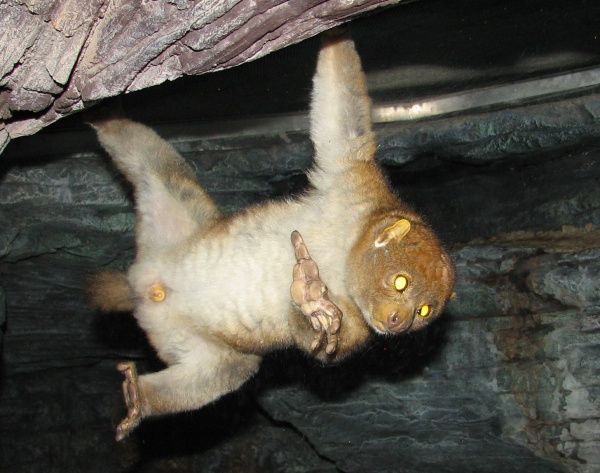Facts About Potto, Bosman's Potto
The potto, an enchanting primate with a distinctive set of traits, belongs to the family Lorisidae and is the sole member of the genus Perodicticus. Commonly referred to as Bosman's potto, it was first described by Willem Bosman in 1704. In some English-speaking regions of Africa, it is affectionately known as "softly-softly." The name "potto" likely derives from the Wolof word "pata" meaning a tailless monkey.
There are four officially recognized subspecies of the potto, though the considerable variation among individual pottos suggests that there may be more unidentified species. Interestingly, the potto bears a resemblance in appearance and behavior to Central and South American animals such as the kinkajou and olingos. Although these creatures were once believed to be related, we now know they are actually members of the raccoon family.
Pottos are easily identifiable by their dense, woolly fur, vestigial index fingers, and opposable thumbs. Notable features include their toothcomb and a specialized claw known as the toilet claw. Both male and female pottos possess scent glands, which they use to mark their territory and strengthen bonds with mates. These nocturnal, arboreal creatures dwell in the rainforest canopies of tropical Africa.
Behaviorally, pottos are slow and deliberate movers. Their diet primarily consists of fruits, tree gums, and insects, though they occasionally consume bats or birds. Pottos exhibit fascinating territorial behaviors, such as mutual grooming and unique mating rituals. Female pottos usually give birth to one or two offspring, which they nurture until the young are mature enough to be independent.
Pottos face few natural predators due to their arboreal lifestyle. However, human activities, such as hunting for bushmeat, pose a significant threat to their survival. When confronted with danger, pottos employ several defensive strategies: they hide, deliver powerful headbutts, and can inflict a formidable bite.

 Burkina Faso
Burkina Faso